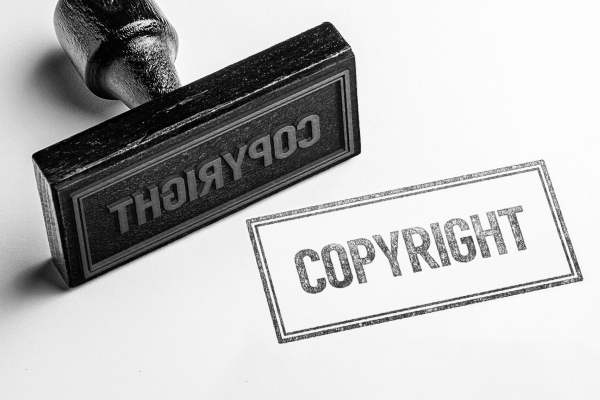
First of all, copying and stealing are two very different terms. The law for stealing is very clear; it’s a crime. When it comes to intellectual property like websites, stealing could be a situation where someone is taking your content illegally, without your permission. When someone steals, they claim ownership; they completely replicate your purpose, process, principles & outcome. For instance, they took your written content and published it under their name to get more sales than you.
Copying, on the other hand, means that they have merely duplicated your outcome. Since intellectual property is abstract, there is a fine line between copying and stealing. In the eyes of copyright law, both stealing and copying are an infringement of copyright. However, certain types of copying come under ‘fair use’ and is allowed.
In any case, let’s give copycats the benefit of the doubt; it’s possible that they have simply ‘borrowed’ your content without an intention of unfair use. There can be several explanations, they perhaps missed out from giving you credit, or perhaps they didn’t realise they were plagiarising your content. So, don’t rush to a lawyer at the first go. Here are a few simple ways to deal with them instead:
4 Ways to Deal with Website Content and Design theft
- Contact the copycat: You can find the contact details of the copycat on their website. Make the first contact by sending a mail and voice your concerns over the plagiarised content and design. Many sites acknowledge the issue and take down the content, or ask them to give you the necessary credit and backlinks.
- Clarify your intention: It’s possible that the owner thinks that your concerns aren’t serious enough, or might not be aware of the plagiarism as someone else might be handling the site. In such a case, make a second contact with the owner telling him/her that you would press for copyright infringement – This clarity might be the right trigger for many people. No one wants to face lawsuits.
- Contact Hosting Site: Basically, sites like GoDaddy.com or Amazon.com (Amazon Web Services) provides storage space for other websites. You can find the hosting sites of most websites using simple online search tools. Similarly, you can find the hosting site of your copycat and bring them to speed about the plagiarised content. If you have valid proof and if your concerns are legitimate, the hosting site will pull down the copycat’s site.
- Sue for Damages: It’s possible that the copycat has copied valuable information that has led to the loss of You can contact an attorney to press for legal action to claim damages. Taking the legal route has certain fetters, so speak to your attorney to understand if your claims are valid. Lawsuits can go either way, so choose this path only as a matter of last resort.
Important Point of Law
Copyright is created when the content is created and published. In most countries, copyright registration isn’t mandatory. However, in several countries, trademark registration is mandatory for filing brand name related infringement lawsuits. A copy registration whereas serves as prima facia evidence and can aid your case. If the information on your site is valuable and brings you business, then protect it with copyright registration.





